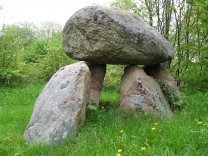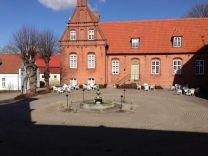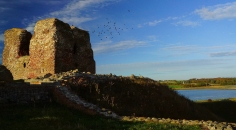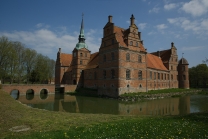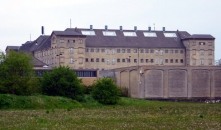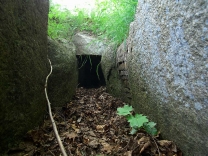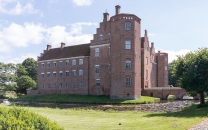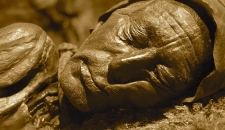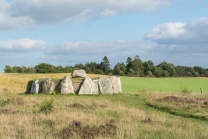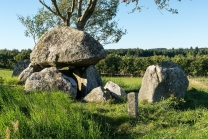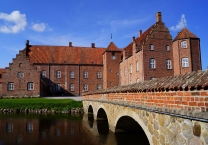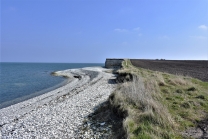No video yet

Moesgaard Museum
Cultural history museum, archaeological museum in Højbjerg , DenmarkMoesgaard Museum (MOMU) is a Danish regional museum dedicated to archaeology and ethnography. It is located in Højbjerg, a suburb of Aarhus, Denmark.
MOMU cooperates with the Institute of Prehistoric Archaeology, Medieval and Renaissance Archaeology and Anthropology at Aarhus University. The main part of the museum’s archaeological collection is of Danish origin. In addition, the Ethnographical Collections contain almost 50,000 artefacts from all over the world. They are used both for research and exhibitions. The collection also contains photographic material, films and sound recordings. The museum’s exhibitions presents several unrivalled archaeological findings from Denmark’s ancient past, amongst others the Grauballe Man, the world’s best preserved bog body and the large ritual weapon caches from Illerup Ådal, testifying the power struggles and warfare of the Iron Age. The collection also contains seven local rune stones. Temporary exhibitions at the museum also display examples of the world's cultural heritage.
A large new museum building, housing both exhibitions for the public and headquarters for academic activities, was inaugurated in 2014.
Exhibitions
The museum building is constructed around a broad central staircase. The upper levels shows changing exhibits of history and culture from around the world, while the lower levels house the permanent exhibitions on Danish, Scandinavian and European history and culture.
The permanent indoor exhibitions comprise the Stone Age, Bronze Age, Iron Age and Viking Age as it unfolded in Denmark and Scandinavia specifically and an exhibition on Medieval Denmark in c. 1050 to 1536. They are highly interactive in several languages, designed to appeal to as broad an audience as possible, without losing academic depth and accuracy. The pre-historic exhibitions includes these notable artifacts:
A model of a large Bronze Age barrow, "Borum Eshøj" Thousands of items from the Iron-Age votive site at Illerup Ådal. Copies of the Golden horns of Gallehus. The Grauballe...





